Best Sustainable Buildings in the World
Any community's expansion and development have a direct bearing on the environment. Architecture is becoming more conscious of the environment and focuses on creating green structures due to the limited supply of non-renewable resources. Through the process of creating a sustainable building, they carefully prepare everything from the idea stage to the execution stage and even the demolition of buildings. As a result, a green building attempts to improve resource efficiency to have a good effect on the social, economic, and environmental spheres.
Buildings that are environmentally friendly or sustainably constructed have become more prevalent in recent decades. We've produced a list of our top seven green structures from around the globe that incorporate sustainable architecture and original concepts.
Shanghai Tower
The goal of China's highest green building was to improve the vertical community, which consists of nine zones layered one on top of the other. To create a lighter construction, the building's asymmetrical shape was devised. To reduce the wind load, the structure has a 24% twist. A spiraling parapet on the tower also gathers rainwater, which is then utilized to power the interior air conditioning system. The tower's construction work started in November 2008 and was completed on August 3, 2013. The exterior was finished in the summer of 2014, and the project was deemed finished in September 2014. The building was supposed to be accessible to the public in November 2014, but that date was moved to February 2015.
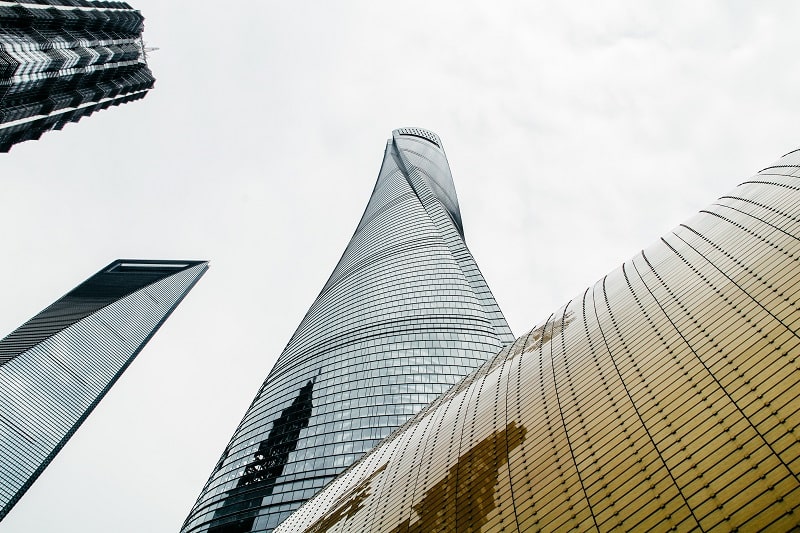
Bullitt Center
The Bullitt Center, the greenest commercial structure in the world, incorporates every sustainable characteristic a structure may have, including composting toilets, toxic-free materials, and 80% daylighting through high-performance windows, indicating that all the energy used by the structure is generated sustainably. It was formally inaugurated on April 22th, 2013, Earth Day. The Bullitt Center, which was created to be the world's greenest commercial structure, was recognized as a "Living Building" in April 2015 by the International Living Future Institute.
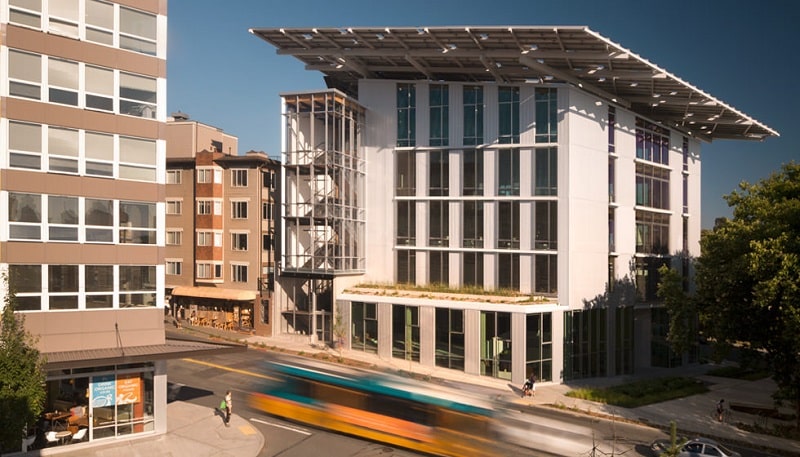
Museum of Tomorrow
In Rio de Janeiro, Brazil, there is a science museum called The Museum of Tomorrow. It was constructed next to the lake at Pier Maua and was created by the Spanish neo-futurist architect Santiago Calatrava. The Roberto Marino Foundation funded its construction, which cost about 230 million reais. The structure was inaugurated on December 17, 2015. A few of the structure's sustainability elements include moveable PV solar panels that can be changed according to the sun's rays throughout the day and a channeling of water from Guanabara Bay to feed water for the Museum's surrounding reflecting pools and manage the interior temperature.
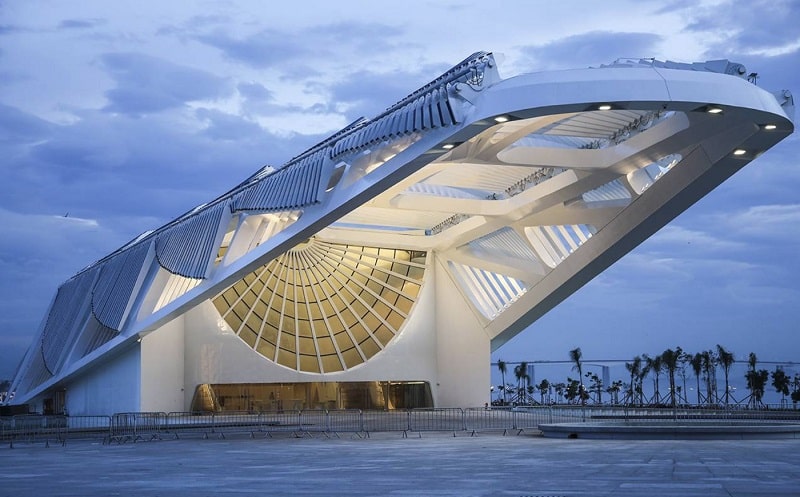
The Crystal
The Crystal was initially intended to serve as an exhibition space and think tank when WilkinsonEyre was hired by Siemens to create it. It reopened in 2022 as the London Assembly's residence and the city's new City Hall. It is located next to WilkinsonEyre's Emirates Air Line terminal at Royal Victoria Dock, which is part of East London's revitalized Royal Docks and designated a Green Enterprise District. Six different types of highly insulated glazing with varying levels of transparency are used by the crystal-shaped structure to regulate solar heat gain and reduce energy use. The building's façade has a play of angles, with the inward-facing glazing being made transparent to flood the interior with light and the outward-facing windows having a reflecting coating to reduce heat input.
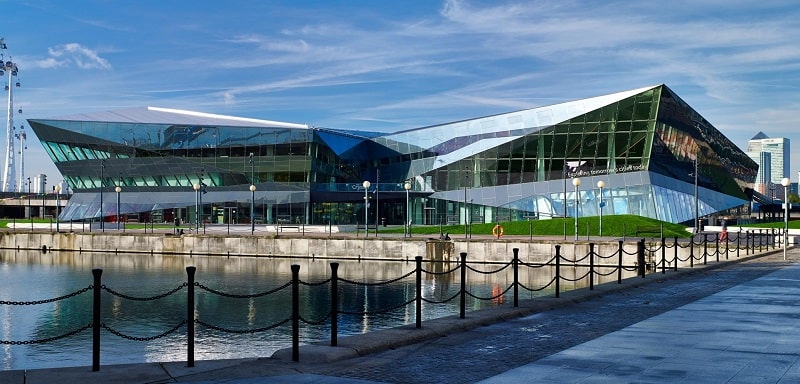
One Angel Square
Manchester, England's One Angel Square is an office building. The building process started in 2010 and was finished in February 2013. The Co-operative Group's headquarters are in the iconic structure. The building can be naturally heated, cooled, and lit while using fewer energy thanks to the double-skinned exterior and open atrium. The building's own source of heat and power is created by a combined heat and power plant that runs on rapeseed oil produced on the Co-operatives' own farms, reducing costs by 75%.
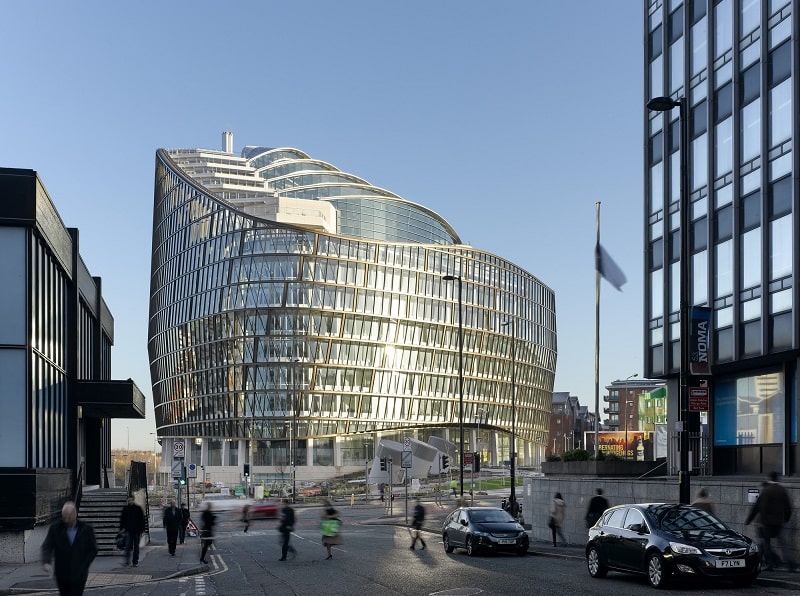
Vertical Forest
Boeri Studio designed the skyscrapers (Stefano Boeri, Gianandrea Barreca, and Giovanni La Varra). Botanists and horticulturists also provided input. The inauguration day for the structure happened in October 2014. The residential structure has a facade made of plants, unlike those made of materials like steel or glass, which reflect sunlight instead of filtering it. This results in a comfortable, humidity-controlled interior microclimate that doesn't hurt the environment.
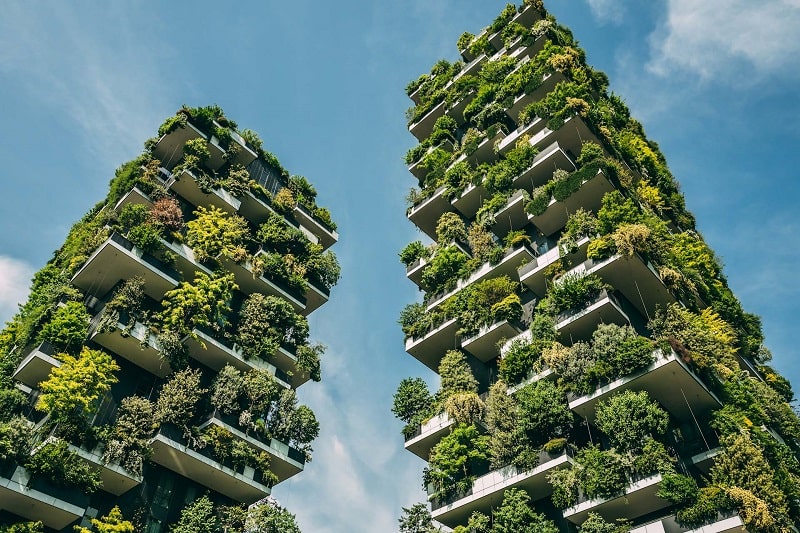
Clock Shadow Building
The Clock Shadow Building is not your typical green structure. The developer approached the project team with the goal of "creating an environmentally friendly building on an empty brownfield site that provides housing for residents who share a dedication to the community and environmental values." The building needed to meet the quadruple bottom line purpose of economic progress, social justice, environmental restoration, and cultural celebration. It also needed to be a radically sustainable building that followed the Living Building Challenge and was reproducible in multiple places. The building's roof garden and stormwater management further improve energy conservation.
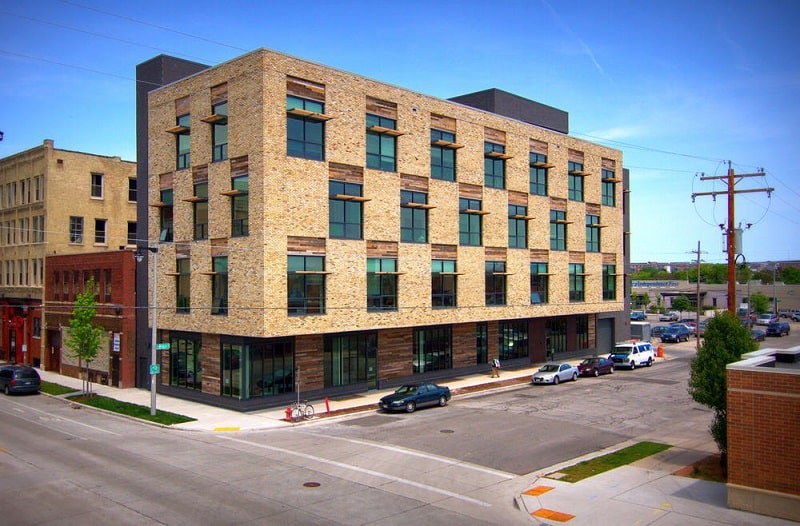
There are hundreds more such buildings in the world and for sure they all deserve the place in the chart above. It is a pleasure to know that humanity is moving towards sustainable living and is striving to reduce the carbon footprint on Earth. This approach will help people to withstand even the hardest times in the climate change challenges.
